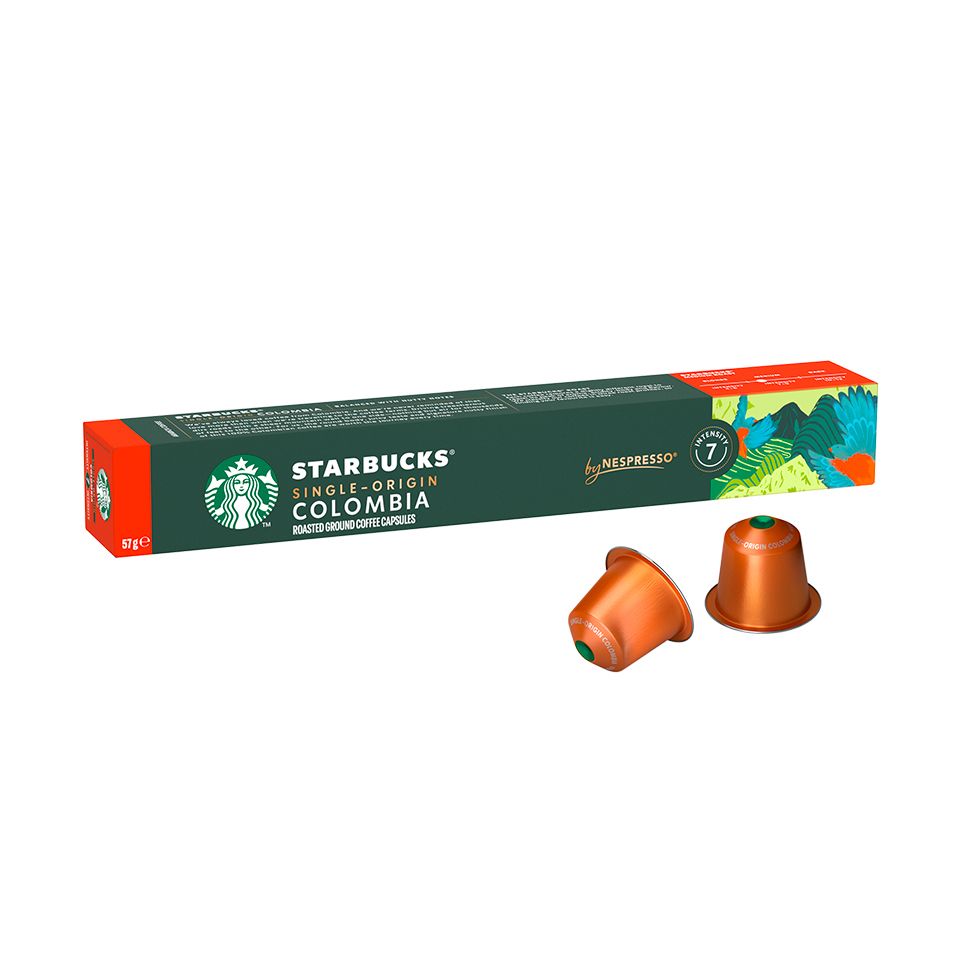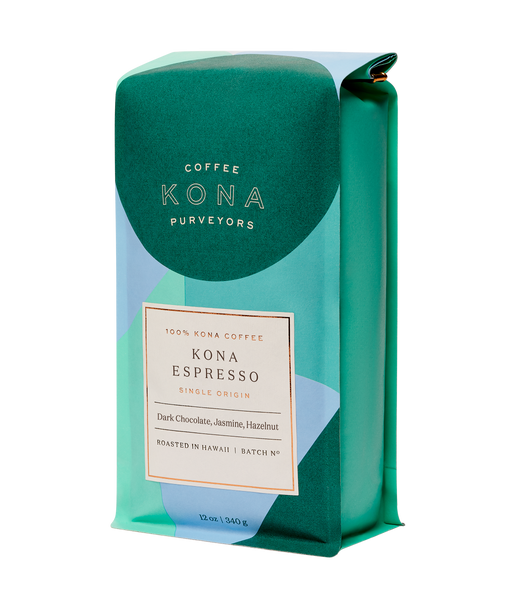Checking Out the Rich Flavors of Coffee Beans: a Deep Study Espresso and Blended Coffee Beans
When you check out the rich tastes of coffee beans, you discover a complex globe where each range brings its very own personality to your mug. Comprehending the beginnings, processing methods, and toasting methods can transform your coffee experience. As you browse with the art of espresso and the creative thinking behind mixed coffees, you'll begin to value the subtleties that make each sip unique. What you'll uncover next could alter the way you appreciate your morning mixture.
The Origins of Coffee Beans: Discovering Terroir and Flavor Profiles
When you take a sip of coffee, you're not simply enjoying a beverage; you're experiencing an abundant tapestry of flavors formed by the beans' beginnings. Each region generates distinct flavor accounts affected by soil, elevation, and climate. Beans from Ethiopia typically break with bright, fruity notes, while those from Colombia have a tendency to supply a balanced, nutty sweet taste.
As you explore different beginnings, you'll notice just how terroir-- the environmental variables impacting a plant-- plays an important duty - Single Origin Espresso. The same coffee selection can taste substantially different depending upon where it's expanded
When you consider these aspects, you start to appreciate the intricacy behind your mug. Each sip narrates of the land and the farmers that supported the beans. Next time you indulge, believe regarding the trip your coffee took prior to it reached your hands, and appreciate those detailed tastes that mirror its origin.
Understanding Espresso: The Art and Science Behind the Brew
When you think of espresso, it's not almost the solid taste; it's likewise about the techniques that bring it to life. Understanding just how various prep work techniques impact taste can transform your brewing experience. Let's explore the complexities of coffee prep work and reveal the unique flavor profiles that make each cup special.
Coffee Prep Work Methods
Coffee prep work is both an art and a science, combining exact strategies with a deep understanding of coffee. To start, you'll wish to select high-quality, freshly roasted beans and grind them finely for perfect extraction (Single Origin Espresso). The grind size is essential; as well rugged, and your espresso will be weak, as well great, and it'll be bitter
The result ought to be an abundant, luscious coffee with a gorgeous layer of crema on top. With technique, you'll understand these methods.
Taste Profiles Explained
The globe of espresso uses a rich tapestry of taste profiles that can boost your coffee experience. You'll see an equilibrium of level of acidity, anger, and sweet taste when you take that very first sip. Each coffee bean lugs unique notes, from flower and fruity to nutty and chocolaty. Light roasts often showcase brilliant level of acidity and vibrant flavors, while dark roasts present much deeper, bolder tones.
A well-crafted blend could integrate the intense notes of an Ethiopian bean with the abundant, chocolatey touches of a Brazilian bean. Accept the journey of discovering espresso's diverse tastes, and you'll change your coffee ritual into an exciting journey.
Handling Approaches: Just How They Impact Taste and Scent
While it might seem that the beginning of coffee beans is one of the most considerable consider determining their flavor and fragrance, the handling methods used post-harvest play an equally important role. You'll locate that these techniques can considerably change the last taste account of your cup.
As an example, the washed procedure eliminates the fruit from the beans before fermentation, often causing a cleaner, brighter flavor. Meanwhile, the all-natural procedure leaves the fruit undamaged during drying out, resulting in a sweeter, fruitier account.
Other techniques, like honey processing, strike an equilibrium, permitting some fruit mucilage to remain, giving a special intricacy.
Each handling technique connects with the beans' fundamental attributes, enhancing or muting certain tastes and aromas. So, when you sip that coffee or combined coffee, remember that the trip from cherry to cup is influenced not simply by beginning yet likewise by exactly how those beans were refined.
Roasting Methods: Opening the Complete Possible of Coffee Beans
Roasting techniques are important for exposing the complete possibility of coffee beans, as they change raw, green beans into the aromatic, tasty coffee you take pleasure in. The selection of toasting approach-- light, tool, or dark-- significantly influences click this link flavor profiles. Light roasts preserve the beans' natural acidity and fruity notes, while medium roasts balance sweet taste and splendor. Dark roasts, on the various other hand, emphasize bold, great smoky tastes.
You can explore toasting times and temperature levels to find your ideal brew. A slower roast at lower temperature levels enables complicated flavors to develop, while a quicker roast can intensify anger. Take note of the splits during roasting; the first crack shows a light roast, while the second crack signals a dark roast. By mastering these strategies, you'll expose a world of flavor, boosting your coffee experience to brand-new heights. Enjoy every sip, recognizing the treatment that went into your mug!
The Magic of Blended Coffee: Creating One-of-a-kind Flavor Experiences
Developing a special flavor experience with mixed coffee can change your early morning routine right into an exploration of preference. By combining various beans from various areas, you can reveal a harmony of flavors that raise your mug to new elevations. Each blend deals a distinct profile, stabilizing body, acidity, and sweetness to produce something truly special.
When you pick a blend, you're not simply picking a coffee; you're picking a journey across varied landscapes and cultures. Explore various mixes allows you to find your individual favorites, whether you take pleasure in fruity notes or abundant, chocolatey undertones.

Sampling Notes: Identifying the Nuances in Your Cup
As you drink your coffee, you may notice a range of flavors dancing on your taste buds, each exposing the details of the beans. You may taste the brilliant acidity similar to citrus or the deep, abundant notes similar to dark delicious chocolate. The sweetness could stimulate honey or caramel, balancing the general account magnificently.
Focus on the body of the coffee-- does it really feel light and airy, or is it complete and velvety? The coating, site here as well, uses hints; a lingering aftertaste may hint at nuttiness or flower touches.

Don't neglect to discover the distinct attributes of different origins, as each area presents distinct flavors - Single Origin Espresso. Ethiopian coffees usually existing fruity notes, while Colombian beans may showcase a more spherical sweetness. By recognizing these subtleties, you'll strengthen your gratitude for each and every mug, elevating your coffee experience to new heights

Developing Methods: Making The Most Of Taste Extraction for every single Bean
When you check out the various developing methods, you'll uncover that each method can considerably influence the flavor account of your coffee. From French press to pour-over, each method removes different substances, improving or silencing certain notes. Using a French press enables oils to continue to be in the brew, developing a richer taste, while pour-over highlights clarity and brightness.
Temperature level and grind size likewise play crucial roles. A coarser work works best for chilly mixtures, while a fine grind is ideal for espresso. Trying out water temperature-- between 195 ° F and 205 ° F-- can disclose concealed flavors, also.
Don't neglect regarding soaking time; a quick removal can lead to sour notes, while over-extraction might produce anger. By readjusting these variables, you can optimize flavor removal and really boost your coffee experience. Take pleasure in the trip of discovering what technique ideal suits your taste buds!
Regularly Asked Questions
What Is the Ideal Water Temperature for Brewing Coffee?
The suitable water temperature level for developing coffee's between 195 ° F and 205 ° F. If you make use of water that's too hot, you'll over-extract tastes; as well cold, and you won't remove enough. Objective for that sweet place for the finest brew!
Just How Does Work Dimension Affect Coffee Flavor?
Grind size significantly impacts coffee taste. Better grinds essence a lot more oils and tastes, resulting in a bolder taste, while coarser grinds yield a lighter taste. Readjusting work dimension aids you achieve your desired coffee profile.
Exist Health Advantages Surrounding Drinking Coffee?

What Is the Distinction Between Arabica and Robusta Beans?
Arabica beans are smoother and sweeter, frequently including fruity tastes, while robusta beans are stronger with a bitter taste and greater caffeine content. You'll see these distinctions in aroma and developing experience.
Exactly How Can I Store Coffee Beans for Quality?
To keep coffee beans for freshness, maintain them in a closed container, far from dampness, warm, and light. If you just grind what you need right prior to brewing., you'll maintain their taste longer.
Checking Out the Rich Tastes of Coffee Beans: a Deep Dive Into Espresso and Blended Coffee Beans.
When you check out the rich flavors of coffee beans, you reveal a complicated globe where each range brings its very own character to your mug.When you take a sip of coffee, you're not just appreciating a drink; you're experiencing an abundant tapestry of flavors formed by the beans' beginnings.Roasting methods are crucial for exposing the complete potential of coffee beans, as they transform raw, environment-friendly beans into the fragrant, flavorful coffee you take pleasure in.As you drink your coffee, you might observe a spectrum of flavors dancing on your browse around this site taste, each revealing the ins and outs of the beans.